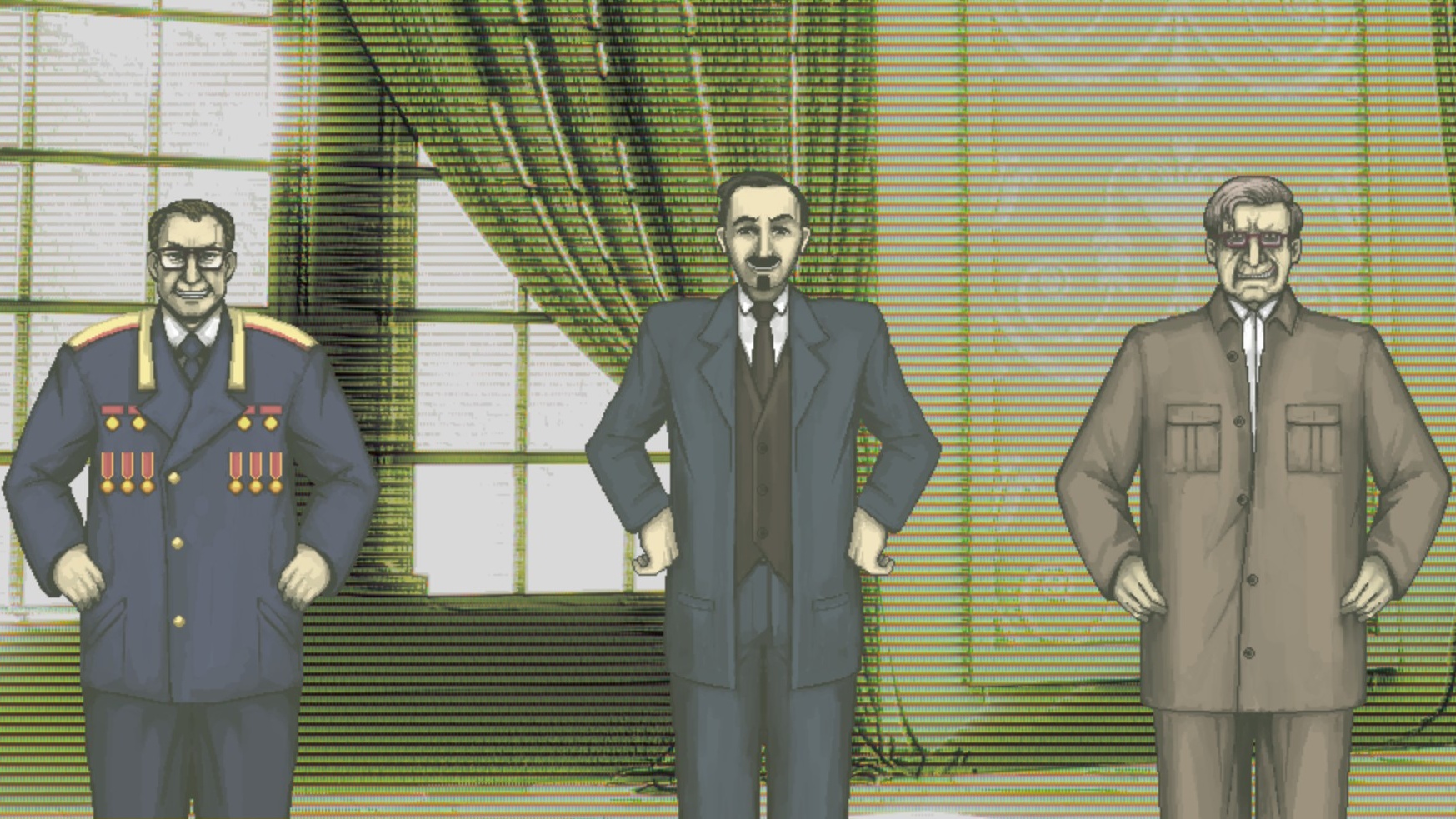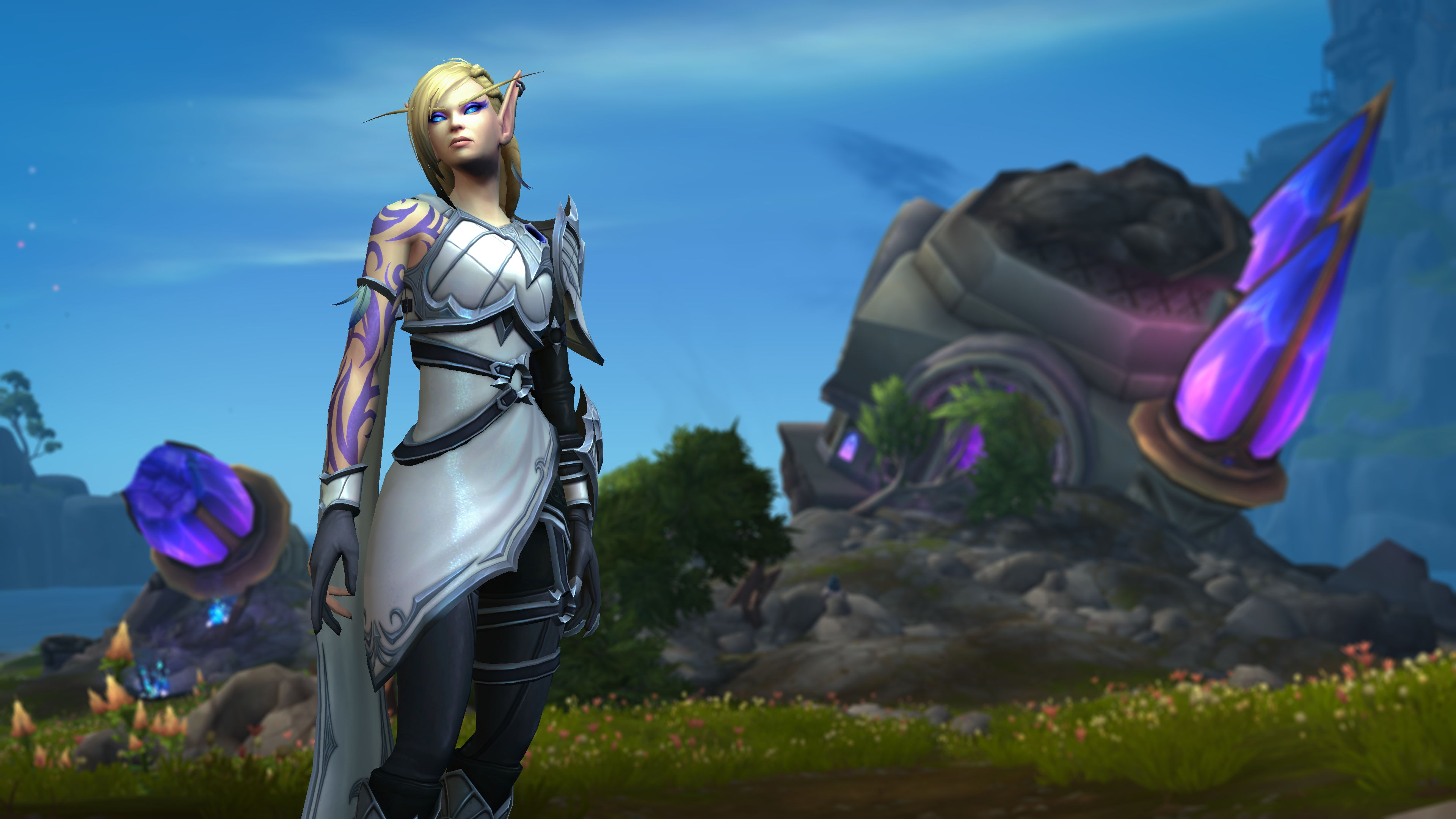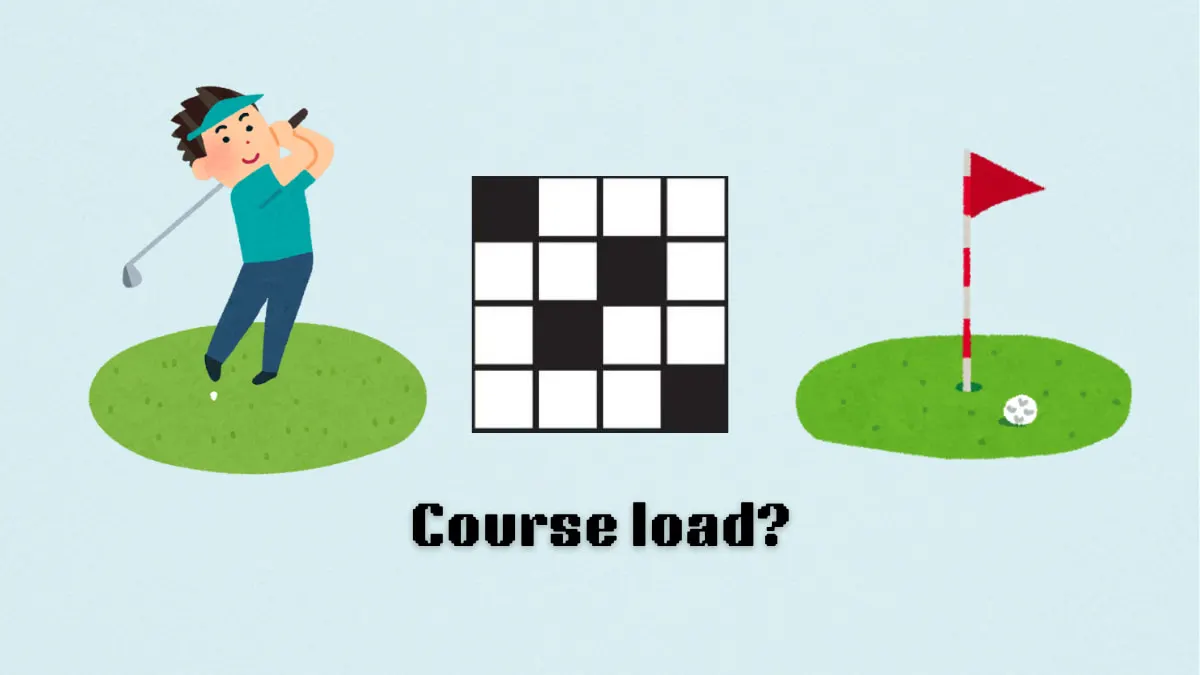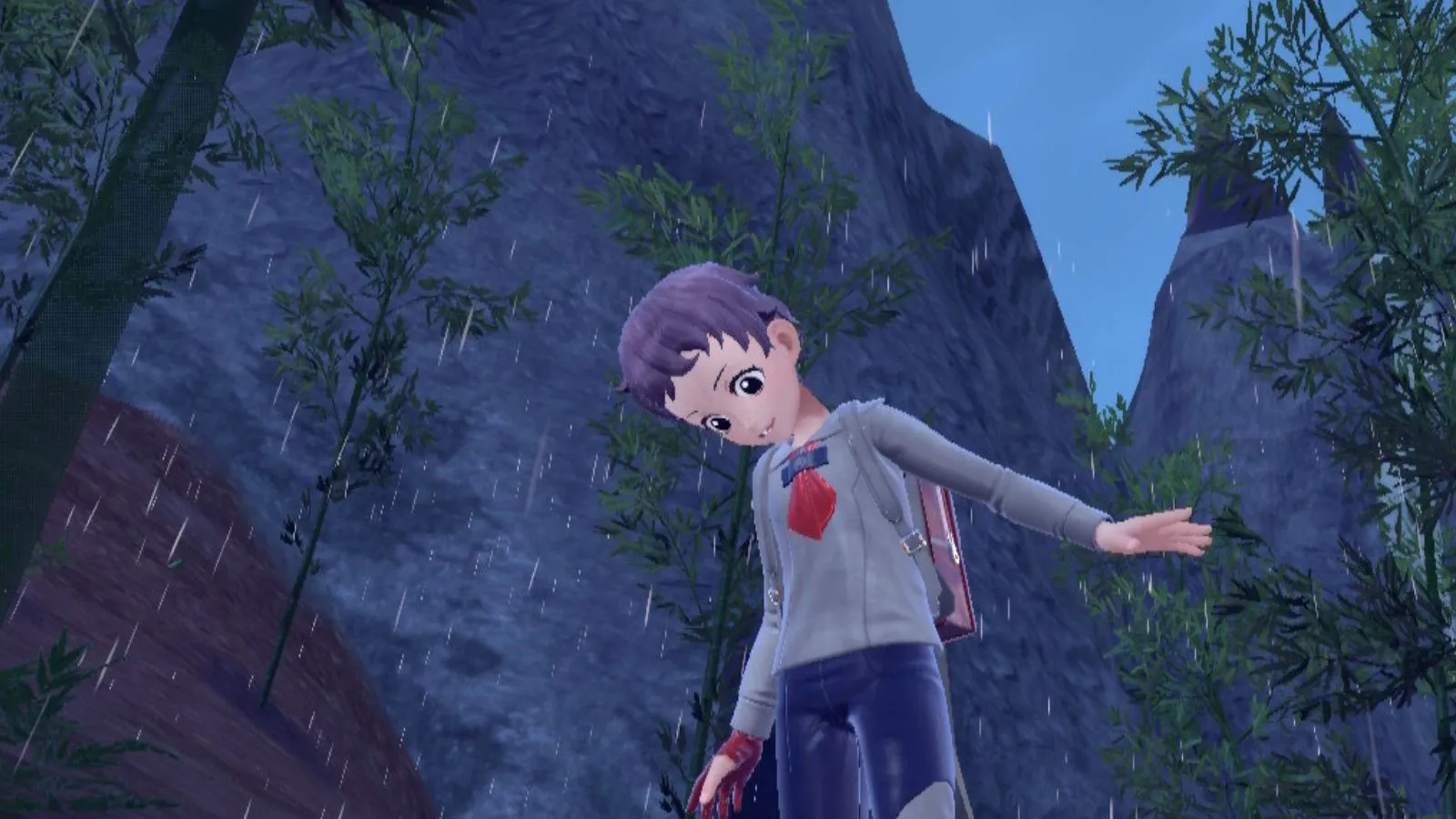
Platform: PlayStation 5, Xbox Series X/S, PlayStation 4, PC Publisher: Atlus Developer: Studio Zero Release: October 11, 2024 Rating: Teen Whenever a legendary trio of game creators known for a single franchise embark on a new IP together, it rightfully captures a lot of attention. That’s exactly what director Katsura Hashino, art director Shigenori Soejima, and composer Shoji Meguro, the trio best known for the beloved Persona series, is doing with Metaphor: ReFantazio. Though it derives inspiration from many of Persona’s most prominent elements, Metaphor is a wholly new experience disconnected from the Persona franchise. Taking place in the fantasy kingdom of Euchronia, Metaphor tells the tale of a world riddled with prejudice. The main protagonist is of the Elda tribe, and during the earliest stages of my demo, his fairy companion, Gallica, expresses shock at how out in the open the prejudice against him was. The two then talk of a fabled world where true equality exists and fantasize about such a society. One of the things people love about Persona is its willingness to tackle challenging topics other games might veer away from, and Metaphor seems to carry that same quality into its narrative. “What we’ve tried to do in the past with Persona and in this game... both of them are a little bit different from each other,” Hashino says. “In the past for games like Persona, it’s not like our goal was to challenge difficult social problems. What we were really trying to achieve was, ‘We have a story about a young, kind of naïve person growing up and entering into the world of adulthood, and that’s not an easy thing to do. There are a lot of challenges you will face. There’s a lot of ways that you need to grow in order to do that. So by facing difficult problems in those characters’ lives, they can grow into being who they are and figure out who they want to be. That was our goal with Persona. So, it’s not like not like we have this problem we want to cover; we have this character we want to develop, and since it’s set in Japan, it was a method for us to explore these characters’ personalities, by having them grow up in a Japanese society and facing problems in that way.” “However, Metaphor is not really so much about that sense of growth. It’s more about how we can explore the concept of human imagination and human feelings and thoughts, and how we can learn from these experiences to grow and be better people,” Hashino continues. “That’s what we are more looking at in this game. For Metaphor, what we’re trying to think of was going as broad as we possibly could. We are trying to achieve something where we’re talking about things that affect people of all times, all ages, everywhere in the world. That’s why we focus on this concept of fear and anxiety, because I don’t think there’s anybody at any time who hasn’t lived with some fear or anxiety.” Combat feels like the next evolution of the turn-based system seen in the Persona games. Most encounters begin with a strike on the enemies in the field before entering the game’s primary turn-based combat mechanics. If you stealthily strike the enemies, you can land multiple hits on them, knocking their health down considerably; you can even kill weaker monsters without entering the turn-based battle. Metaphor also incorporates a line-based formation system where you can choose which of your party is in the frontline and who hangs back. Those in the back take less damage, but their melee attacks are weaker, while those in the front often receive the brunt of the attack but can also land their own attacks at full strength. During my time with this system, I found the best results came from putting magic wielders and healers in the back, and the more physical warriors up front. In battle, characters can also summon Persona-like creatures called Archetypes. These powerful entities leverage magic based on traditional fantasy tropes like Knight, Warrior, and Seeker. While they’re strong on their own, Archetypes can also perform team-up attacks called Synthesis. These moves allow one character to lend their strength to another to perform more powerful and affecting attacks. During a boss battle I played, I used Synthesis attacks to great effect, with some applying different elemental effects and others spreading out the damage to all enemies instead of just one. Speaking of elements carried over from Persona, Metaphor uses similar UI as Persona 5 Royal, giving it an unmistakable style. Flashy menus and gorgeous art accentuate the trademark Soejima style, while the music by Meguro replaces his hip-hop and jazzy rock-inspired soundtrack from the Persona franchise with tracks that feel more inspired by war chants. “When I first approached the design for this game, I thought, ‘I personally love fantasy. I will do my best to throw away everything I’ve done to date and just design a fantasy character and challenge myself with a new style,” Soejima says. “What kind of ended up happening was that it felt really fun – I had a lot of fun doing it – but I was coming up with something that was kind of an imitation of styles that I had seen. I was thinking, ‘Well, what can I bring to the fantasy genre? How can I add to it and use what I know, use my own style, and bring my own riff on it? So, that was part of what helped inform my design for it. A lot of time with Persona and the other games, we are making games set in the real world, but it’s not to try to make something that’s cool in a game; with my art, I was trying to make something that’s cool in the real world that people like and enjoy, and then bring it in to the medium of the game. For this one, as well, I didn’t want to just go, ‘Okay, what do people like about the fantasy genre? Let’s just make more of that.’ Instead, I tried to bring out more of what people think are cool from other areas and then put that into the game.” Though I’ve always appreciated Persona’s real-world setting, Metaphor’s fantasy kingdom, narrative threads, and appropriately grotesque beasts pulled me in and made me excited to experience the next evolution of this team’s work. I’m excited to get my hands on the final version when it launches this October. Purchase
Platform:
PlayStation 5, Xbox Series X/S, PlayStation 4, PC
Publisher:
Atlus
Developer:
Studio Zero
Release:
October 11, 2024
Rating:
Teen
Whenever a legendary trio of game creators known for a single franchise embark on a new IP together, it rightfully captures a lot of attention. That’s exactly what director Katsura Hashino, art director Shigenori Soejima, and composer Shoji Meguro, the trio best known for the beloved Persona series, is doing with Metaphor: ReFantazio. Though it derives inspiration from many of Persona’s most prominent elements, Metaphor is a wholly new experience disconnected from the Persona franchise.
Taking place in the fantasy kingdom of Euchronia, Metaphor tells the tale of a world riddled with prejudice. The main protagonist is of the Elda tribe, and during the earliest stages of my demo, his fairy companion, Gallica, expresses shock at how out in the open the prejudice against him was. The two then talk of a fabled world where true equality exists and fantasize about such a society. One of the things people love about Persona is its willingness to tackle challenging topics other games might veer away from, and Metaphor seems to carry that same quality into its narrative.
“What we’ve tried to do in the past with Persona and in this game… both of them are a little bit different from each other,” Hashino says. “In the past for games like Persona, it’s not like our goal was to challenge difficult social problems. What we were really trying to achieve was, ‘We have a story about a young, kind of naïve person growing up and entering into the world of adulthood, and that’s not an easy thing to do. There are a lot of challenges you will face. There’s a lot of ways that you need to grow in order to do that. So by facing difficult problems in those characters’ lives, they can grow into being who they are and figure out who they want to be. That was our goal with Persona. So, it’s not like not like we have this problem we want to cover; we have this character we want to develop, and since it’s set in Japan, it was a method for us to explore these characters’ personalities, by having them grow up in a Japanese society and facing problems in that way.”
“However, Metaphor is not really so much about that sense of growth. It’s more about how we can explore the concept of human imagination and human feelings and thoughts, and how we can learn from these experiences to grow and be better people,” Hashino continues. “That’s what we are more looking at in this game. For Metaphor, what we’re trying to think of was going as broad as we possibly could. We are trying to achieve something where we’re talking about things that affect people of all times, all ages, everywhere in the world. That’s why we focus on this concept of fear and anxiety, because I don’t think there’s anybody at any time who hasn’t lived with some fear or anxiety.”
Combat feels like the next evolution of the turn-based system seen in the Persona games. Most encounters begin with a strike on the enemies in the field before entering the game’s primary turn-based combat mechanics. If you stealthily strike the enemies, you can land multiple hits on them, knocking their health down considerably; you can even kill weaker monsters without entering the turn-based battle.
Metaphor also incorporates a line-based formation system where you can choose which of your party is in the frontline and who hangs back. Those in the back take less damage, but their melee attacks are weaker, while those in the front often receive the brunt of the attack but can also land their own attacks at full strength. During my time with this system, I found the best results came from putting magic wielders and healers in the back, and the more physical warriors up front.
In battle, characters can also summon Persona-like creatures called Archetypes. These powerful entities leverage magic based on traditional fantasy tropes like Knight, Warrior, and Seeker. While they’re strong on their own, Archetypes can also perform team-up attacks called Synthesis. These moves allow one character to lend their strength to another to perform more powerful and affecting attacks. During a boss battle I played, I used Synthesis attacks to great effect, with some applying different elemental effects and others spreading out the damage to all enemies instead of just one.
Speaking of elements carried over from Persona, Metaphor uses similar UI as Persona 5 Royal, giving it an unmistakable style. Flashy menus and gorgeous art accentuate the trademark Soejima style, while the music by Meguro replaces his hip-hop and jazzy rock-inspired soundtrack from the Persona franchise with tracks that feel more inspired by war chants.
“When I first approached the design for this game, I thought, ‘I personally love fantasy. I will do my best to throw away everything I’ve done to date and just design a fantasy character and challenge myself with a new style,” Soejima says. “What kind of ended up happening was that it felt really fun – I had a lot of fun doing it – but I was coming up with something that was kind of an imitation of styles that I had seen. I was thinking, ‘Well, what can I bring to the fantasy genre? How can I add to it and use what I know, use my own style, and bring my own riff on it? So, that was part of what helped inform my design for it. A lot of time with Persona and the other games, we are making games set in the real world, but it’s not to try to make something that’s cool in a game; with my art, I was trying to make something that’s cool in the real world that people like and enjoy, and then bring it in to the medium of the game. For this one, as well, I didn’t want to just go, ‘Okay, what do people like about the fantasy genre? Let’s just make more of that.’ Instead, I tried to bring out more of what people think are cool from other areas and then put that into the game.”
Though I’ve always appreciated Persona’s real-world setting, Metaphor’s fantasy kingdom, narrative threads, and appropriately grotesque beasts pulled me in and made me excited to experience the next evolution of this team’s work. I’m excited to get my hands on the final version when it launches this October.





